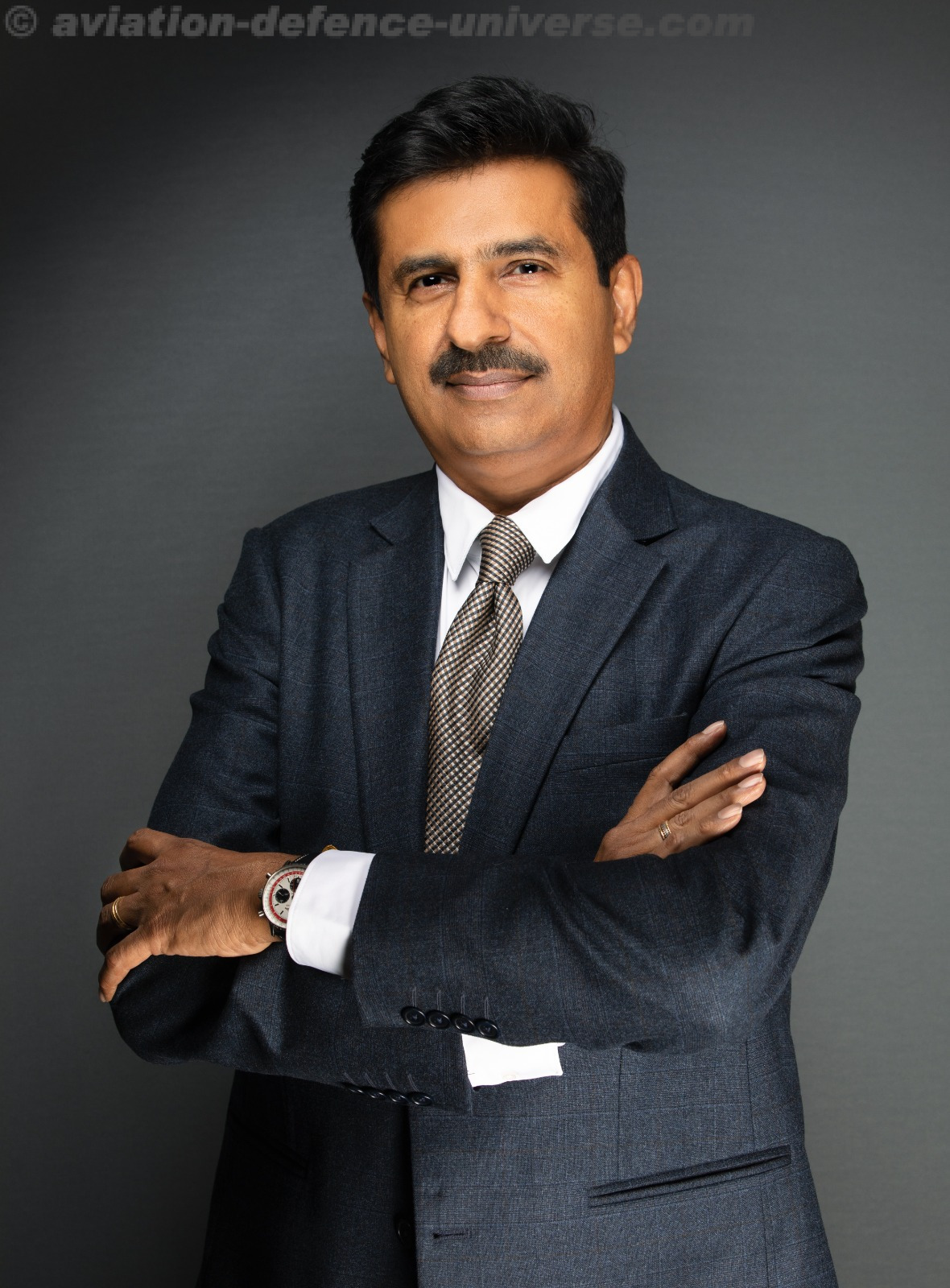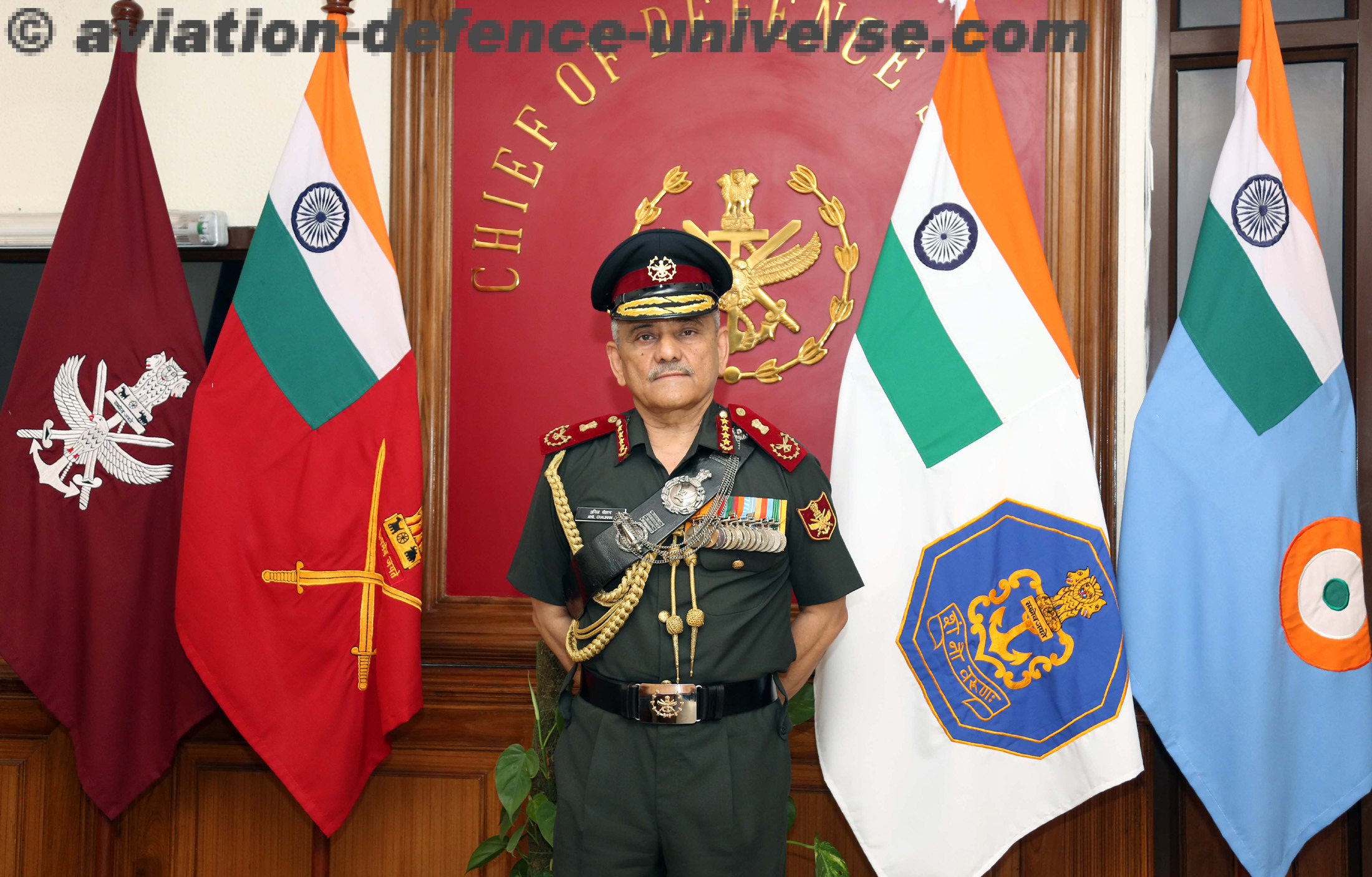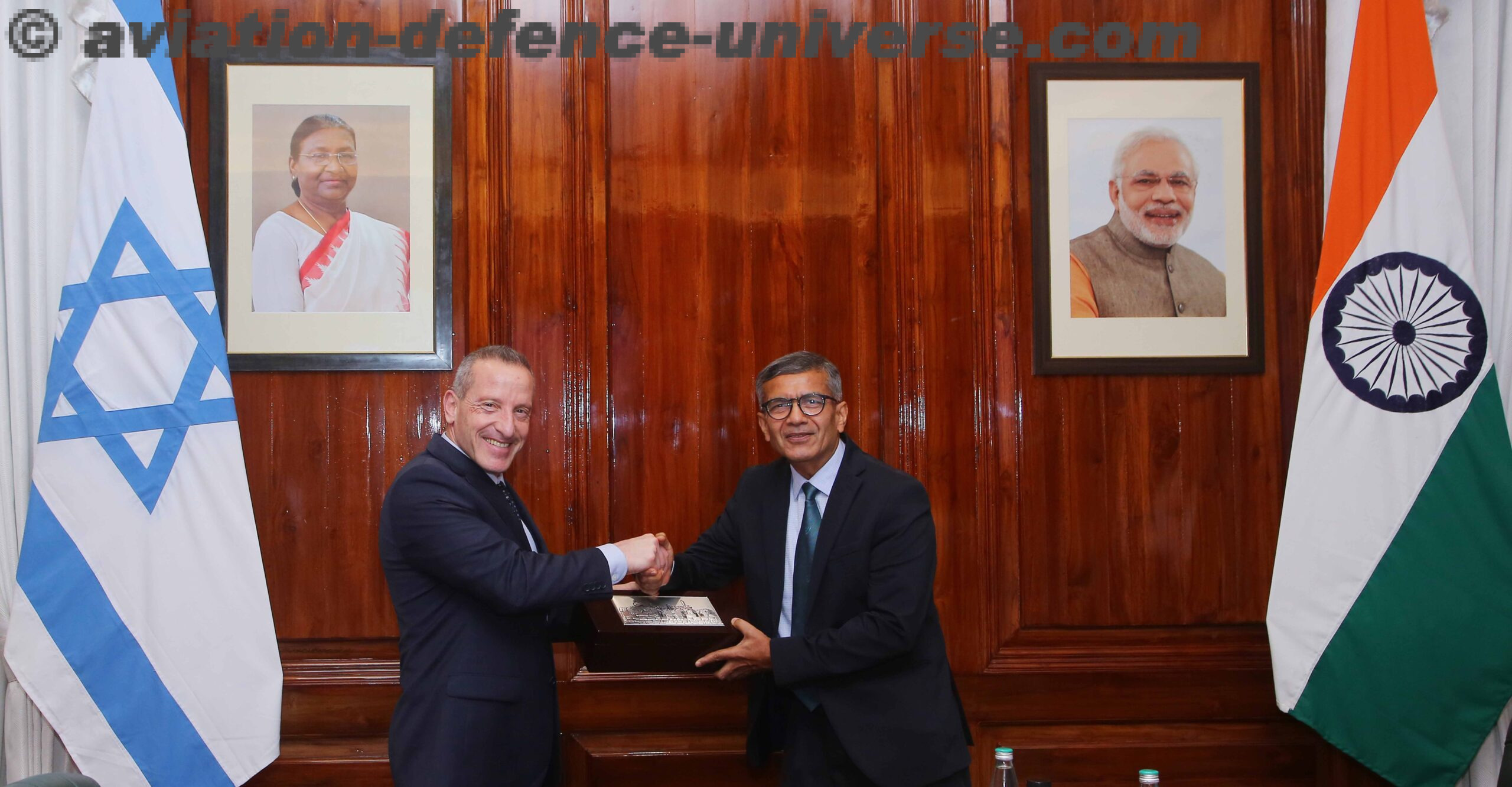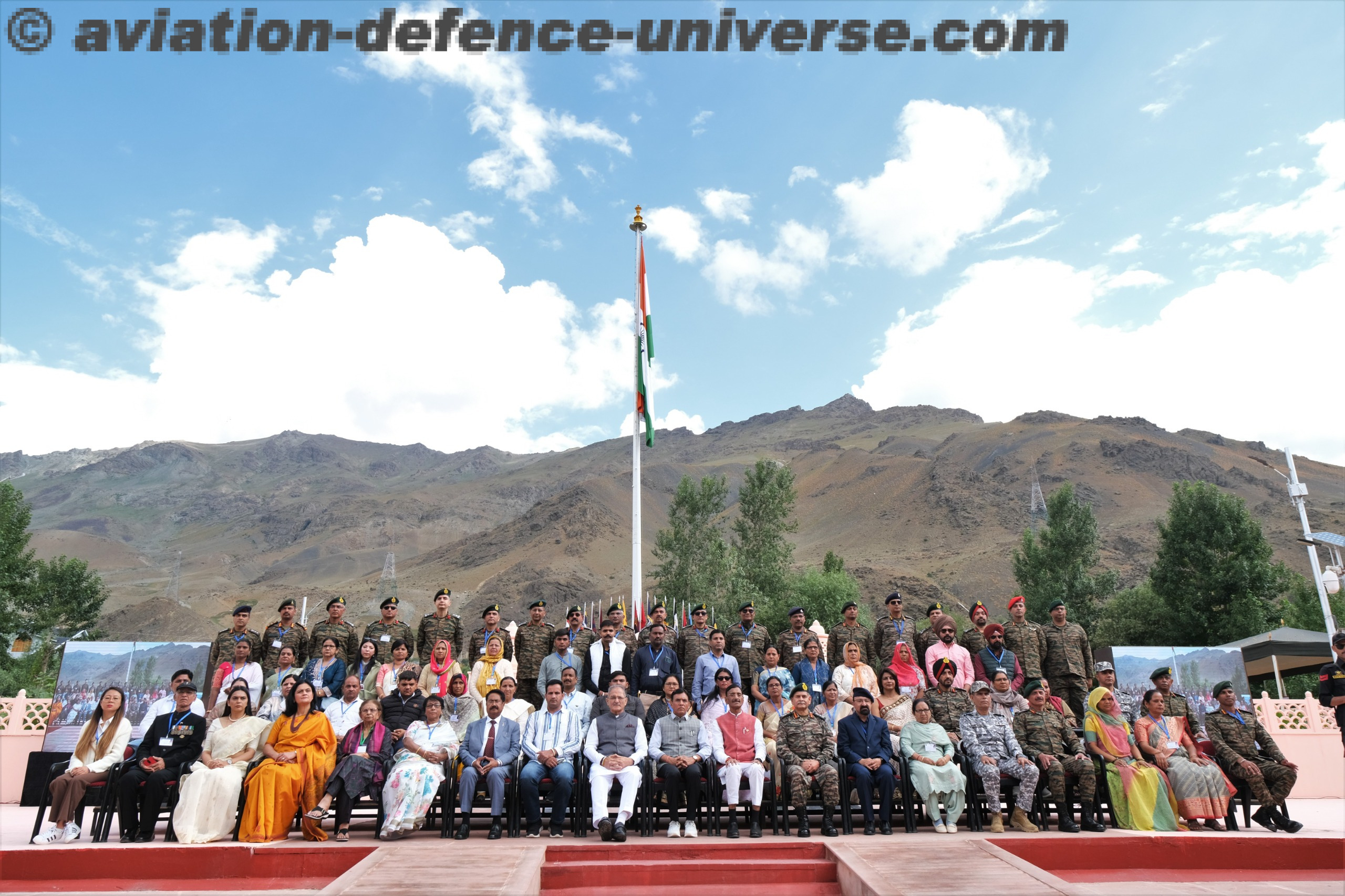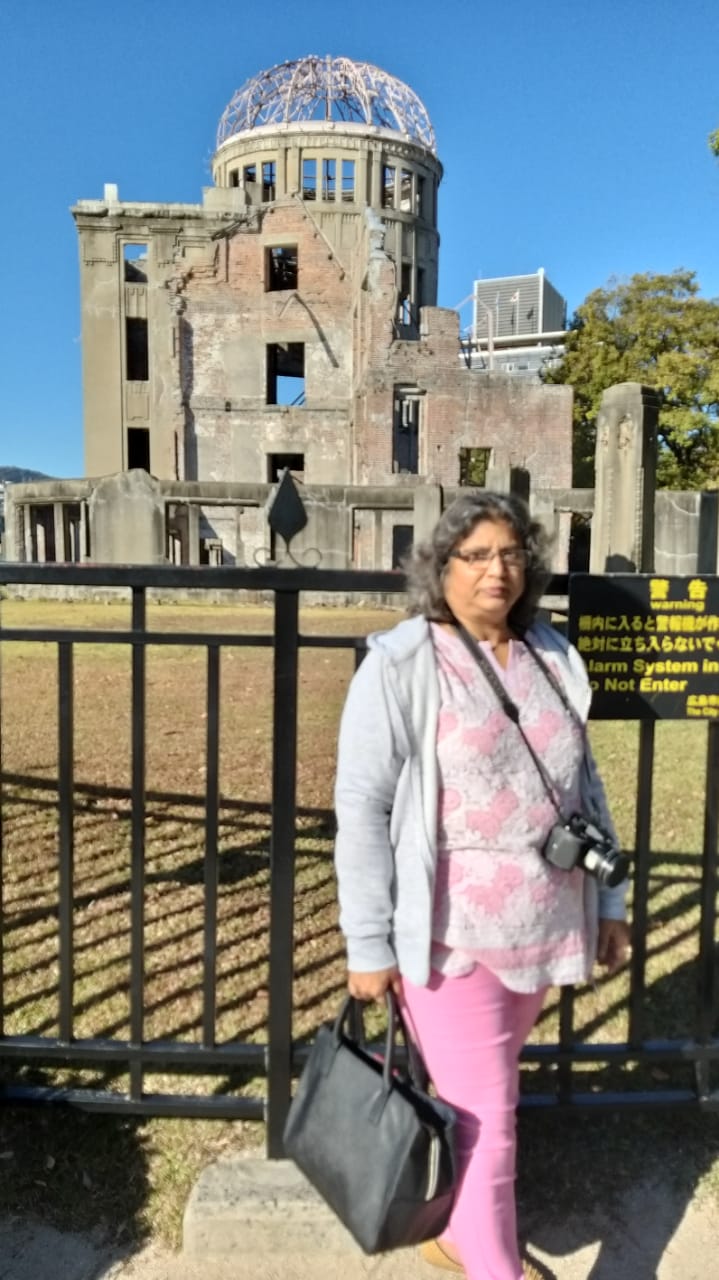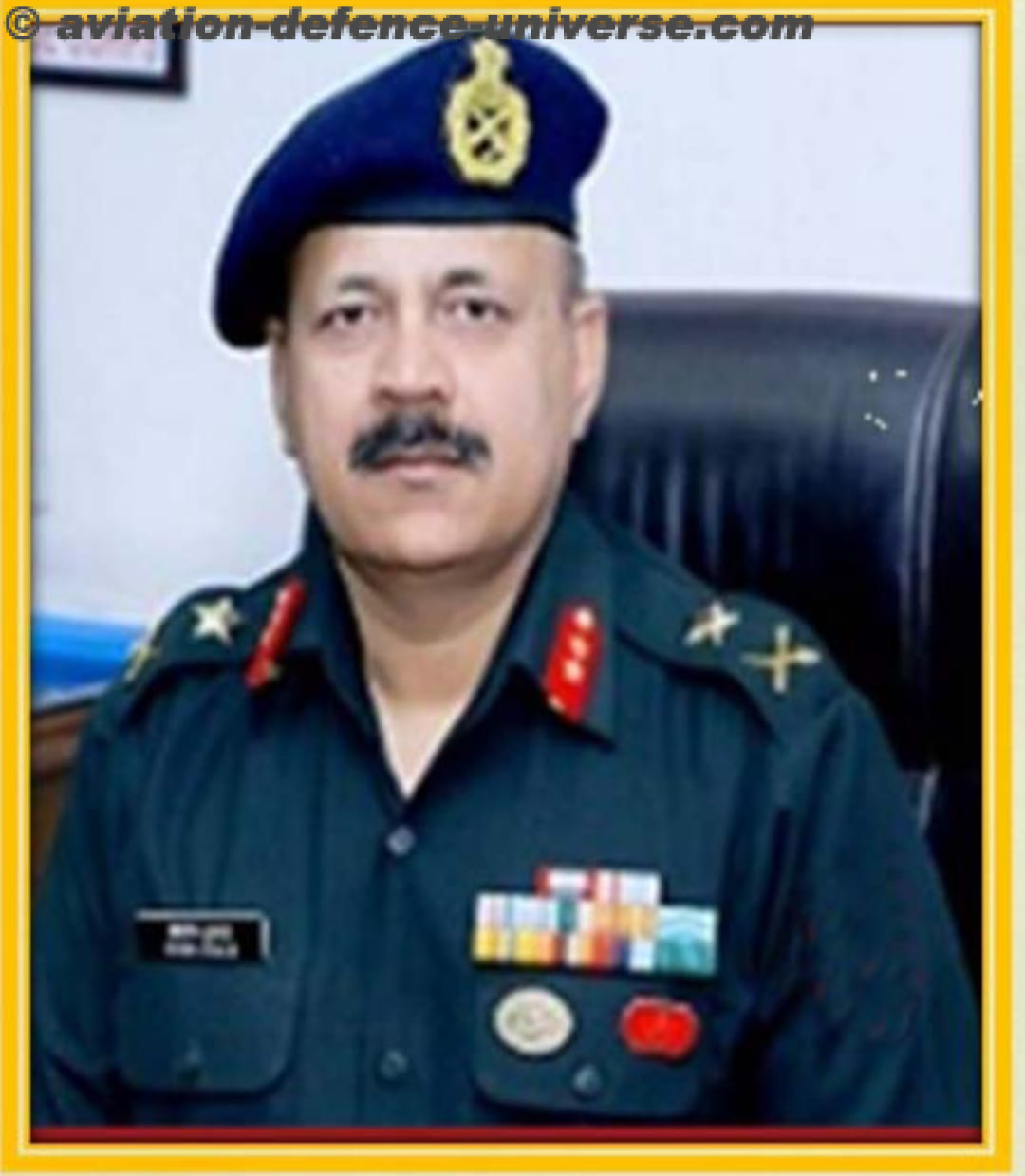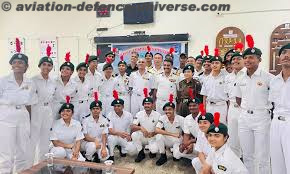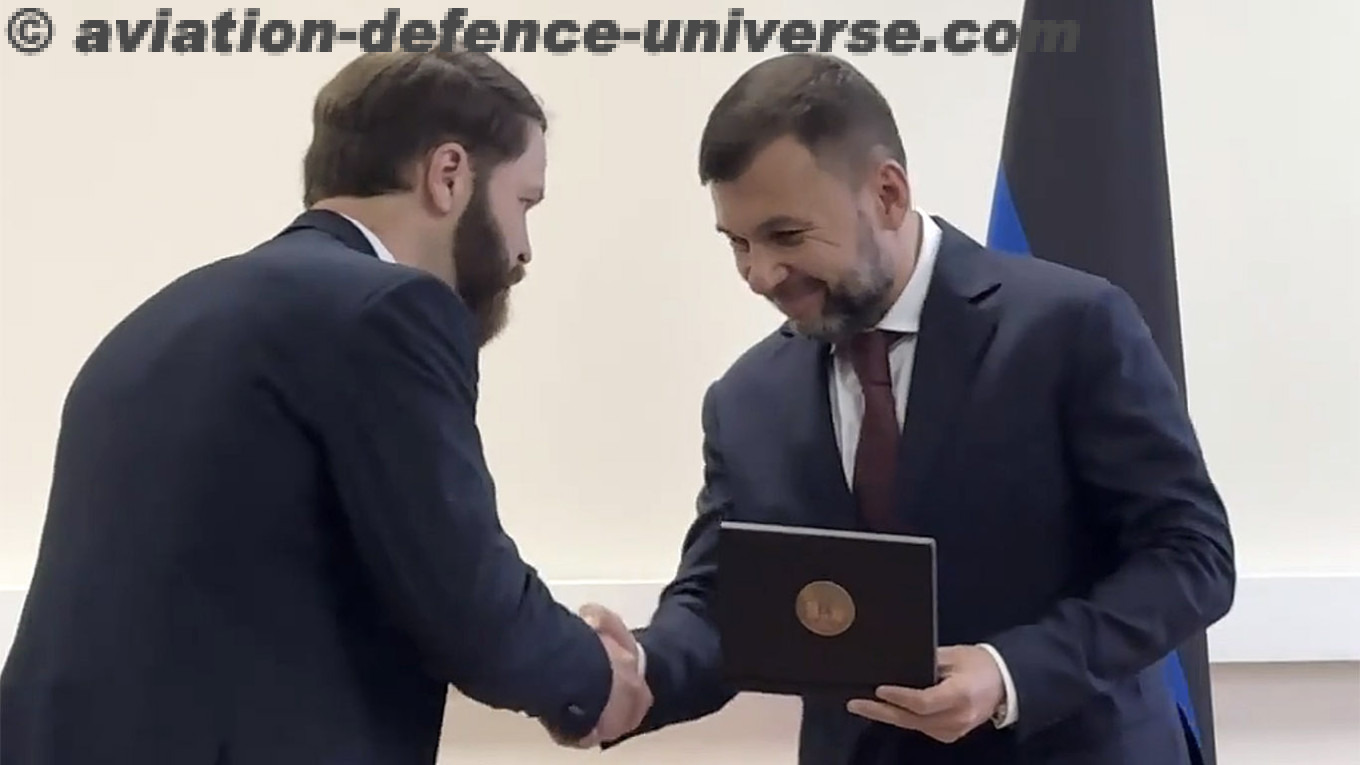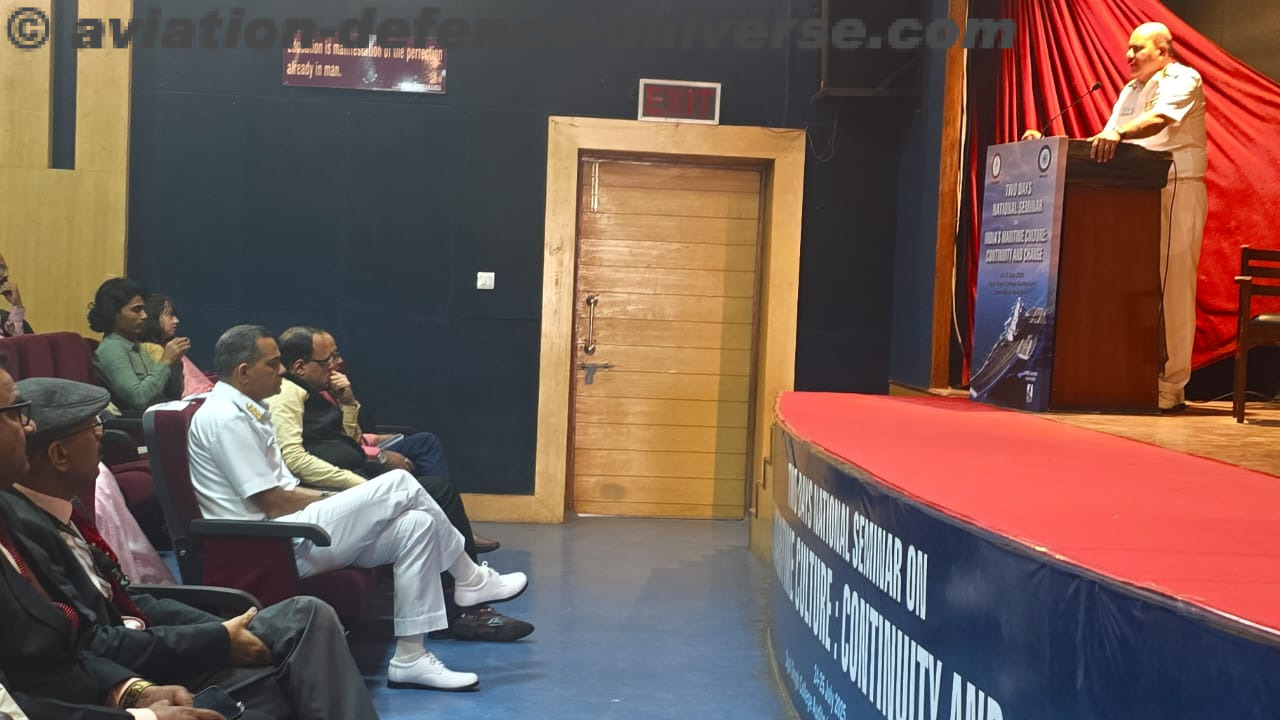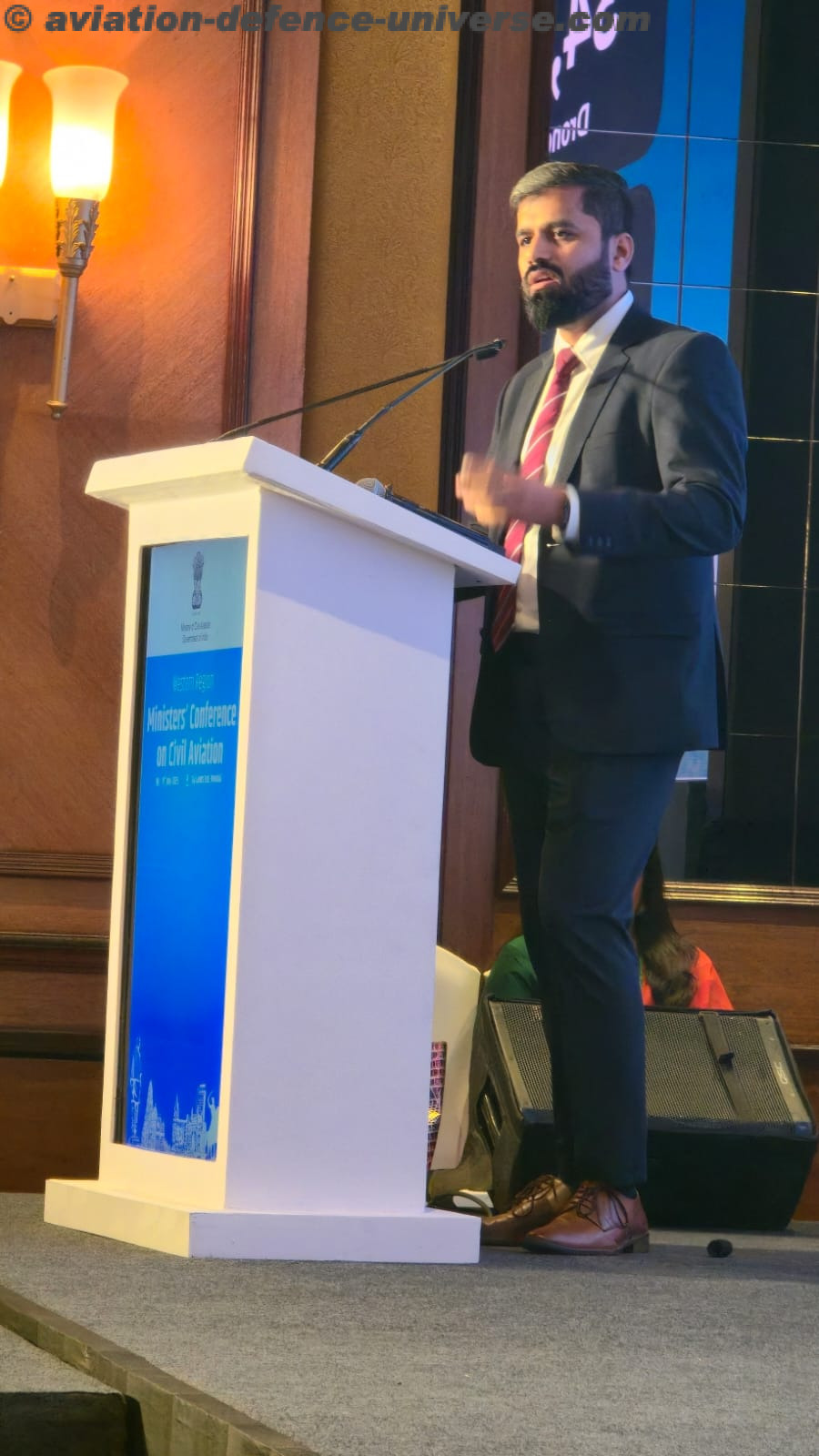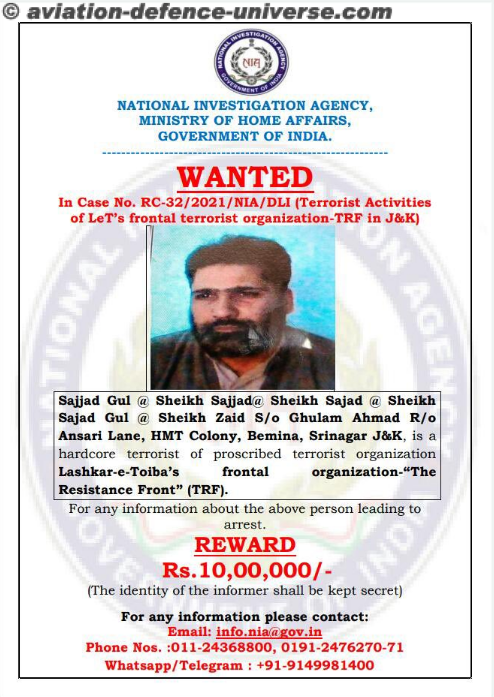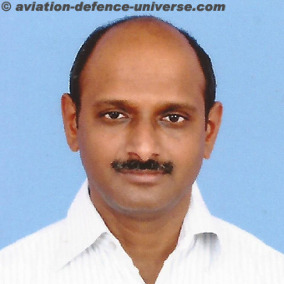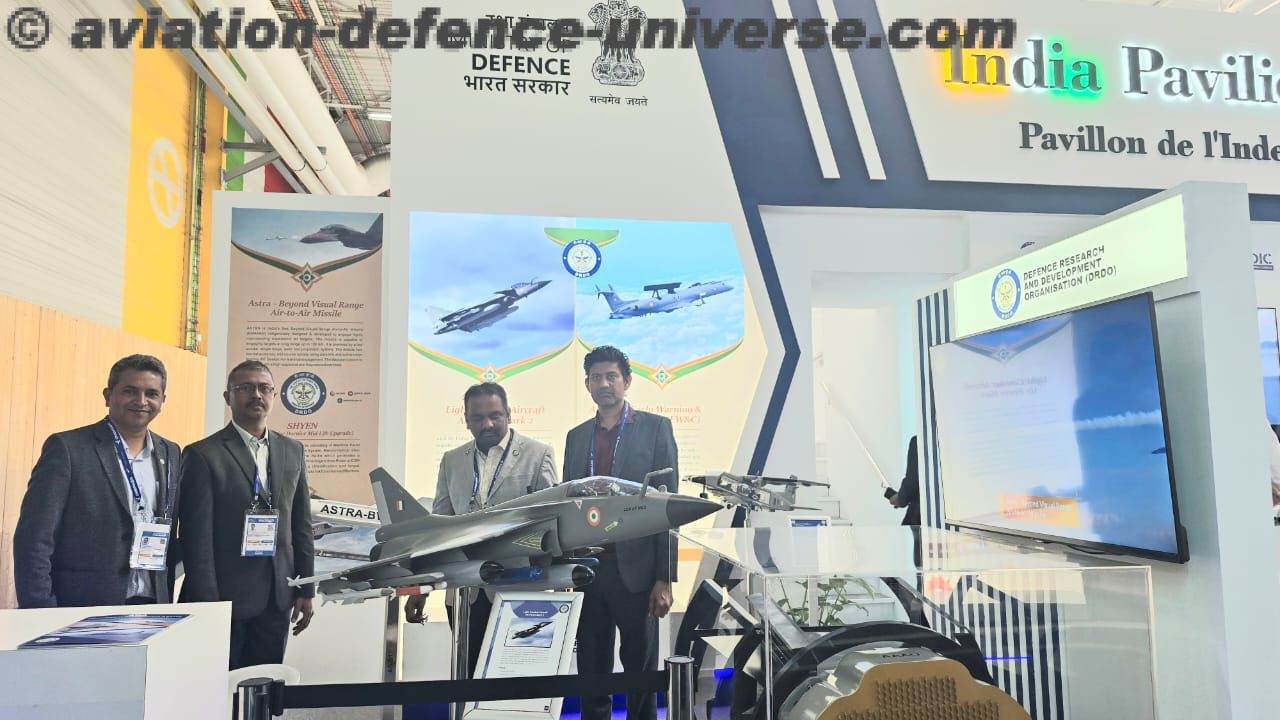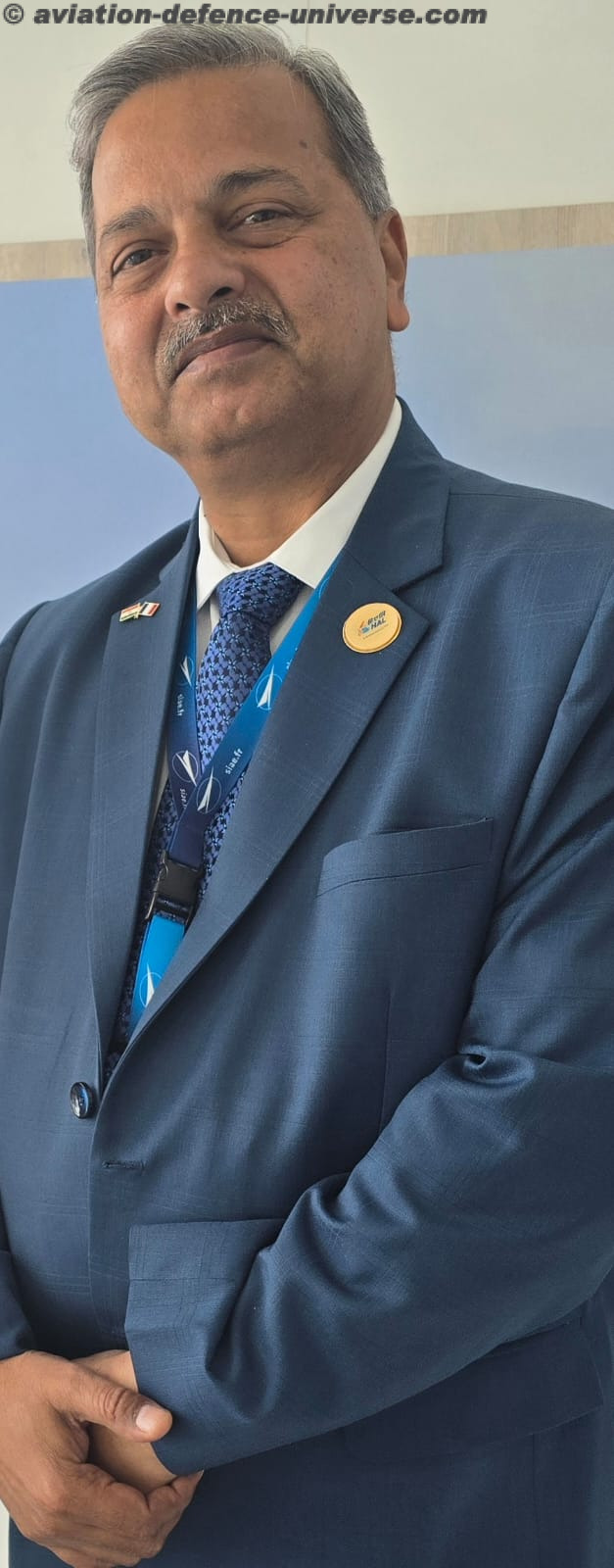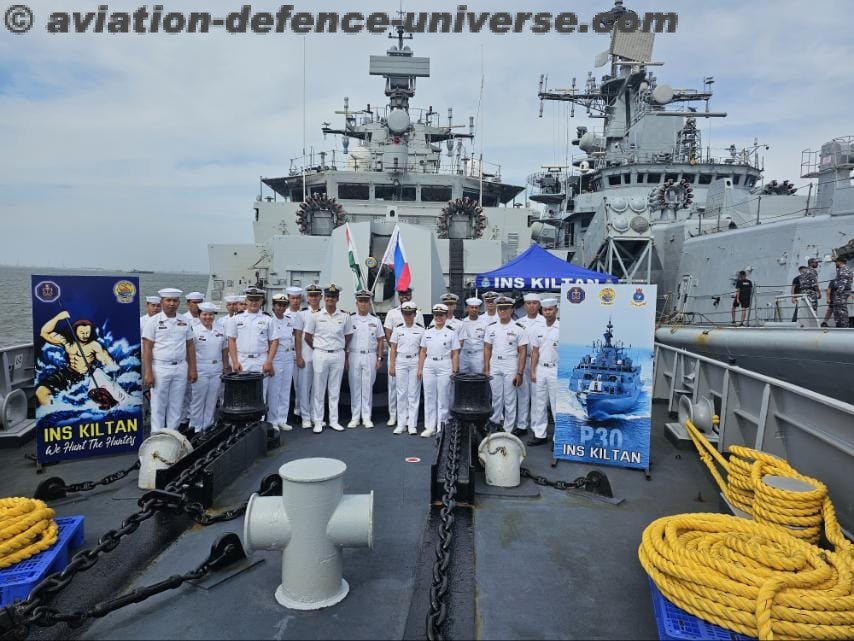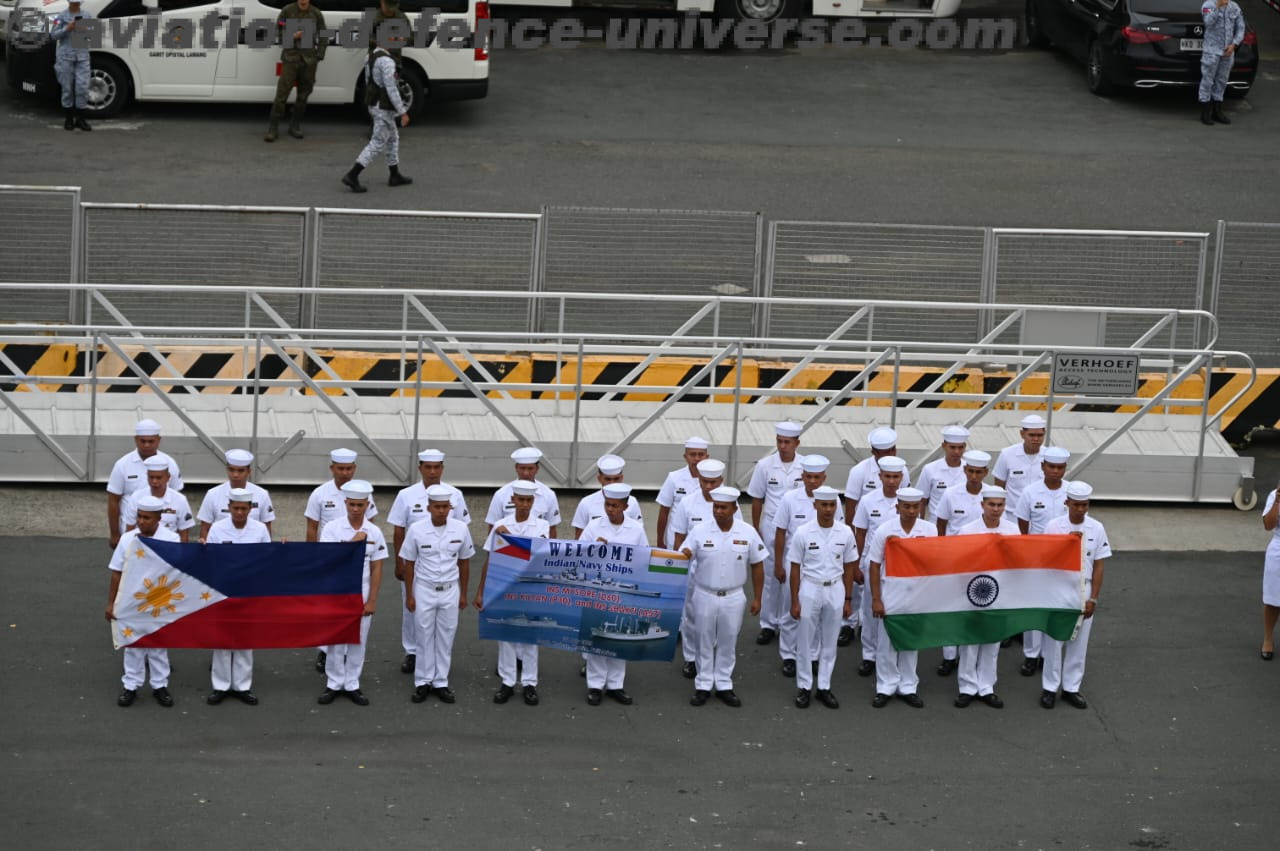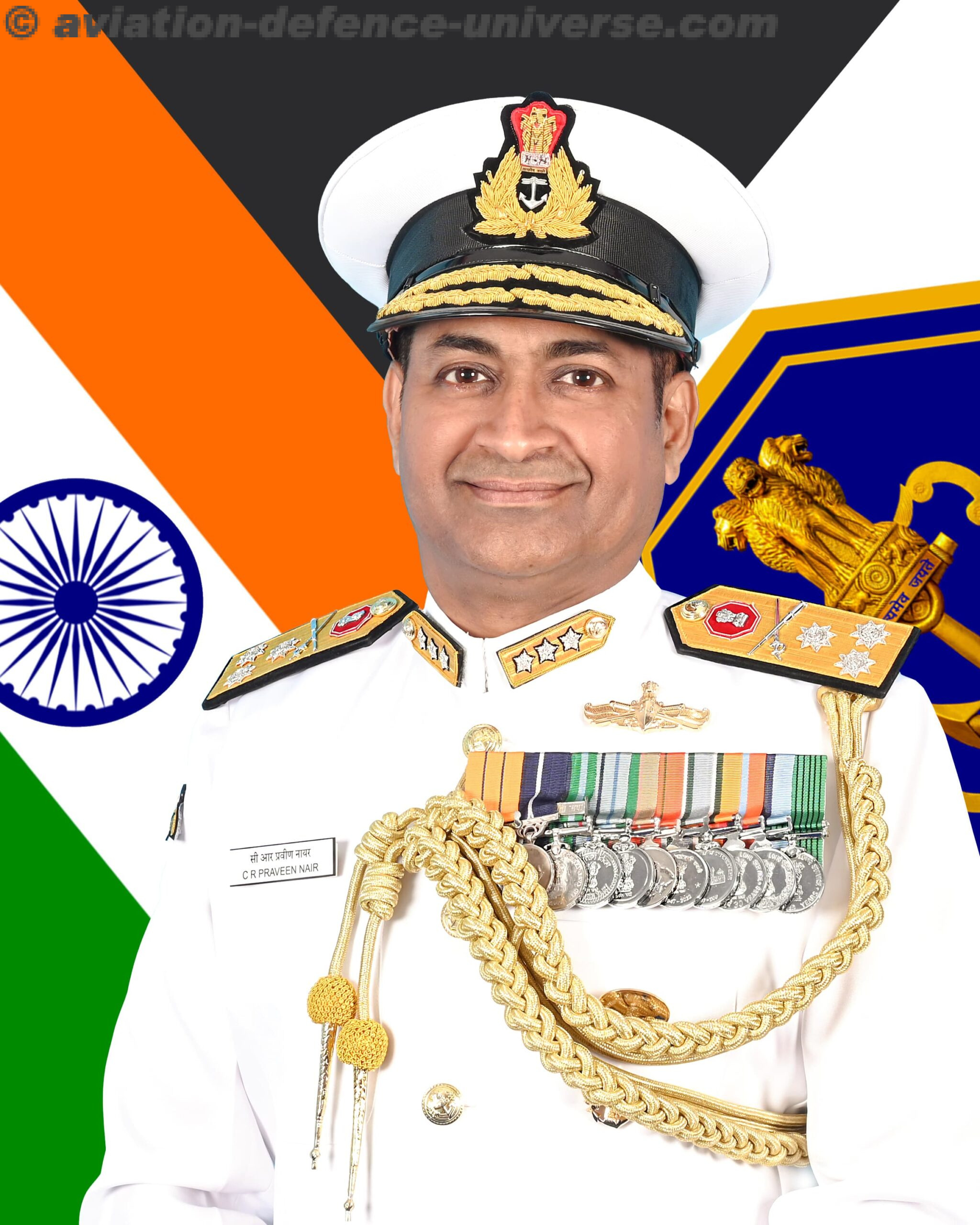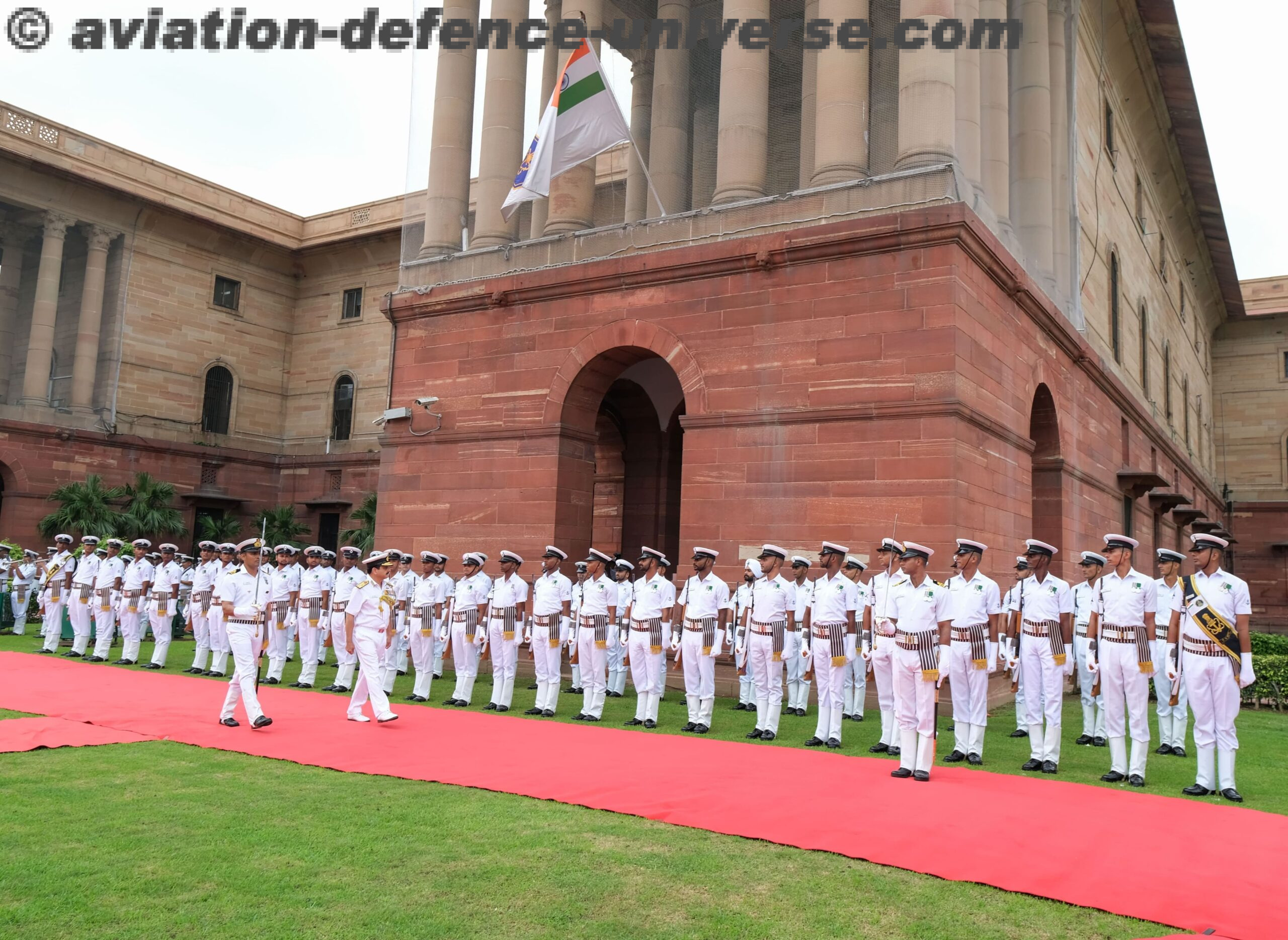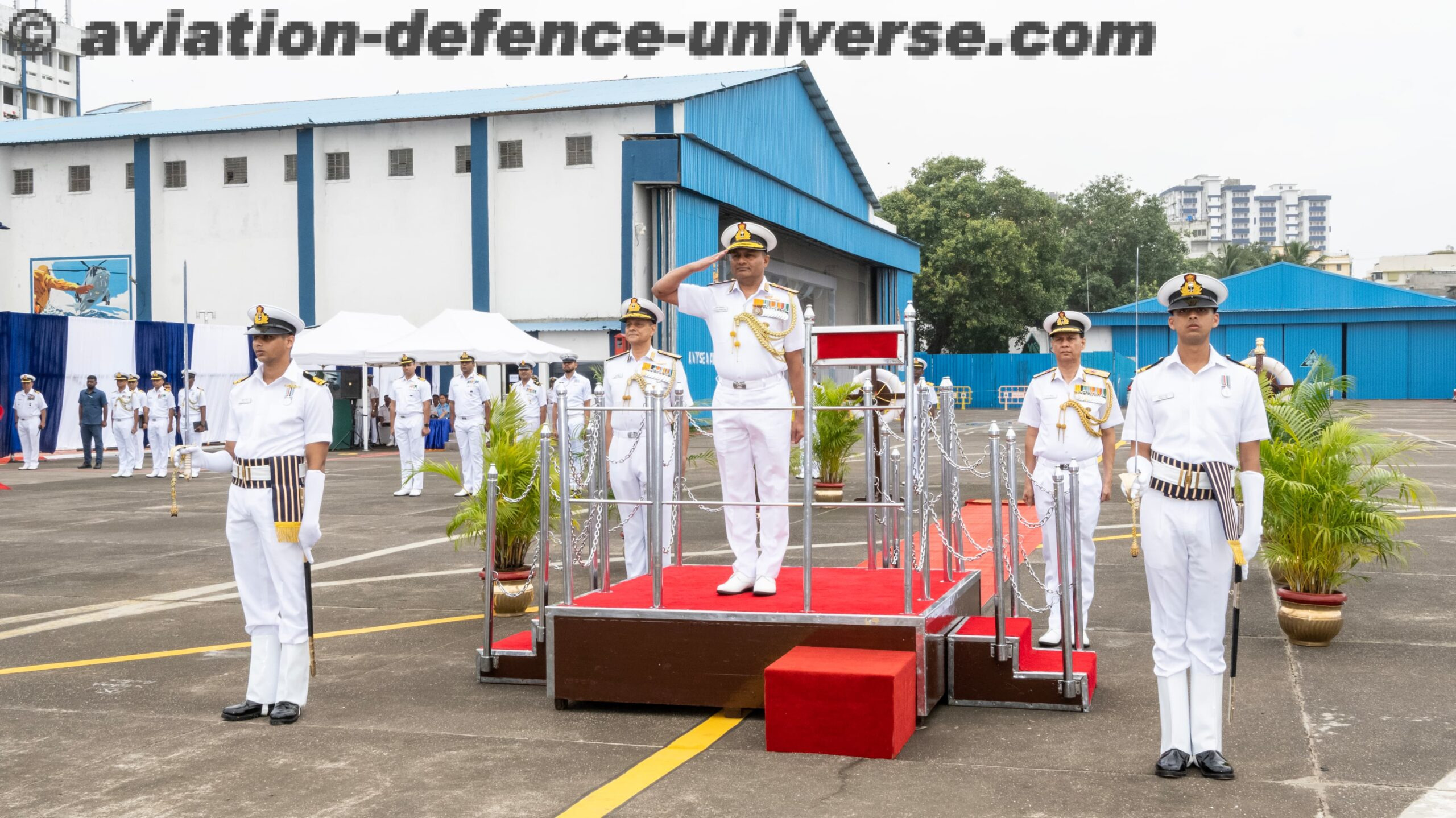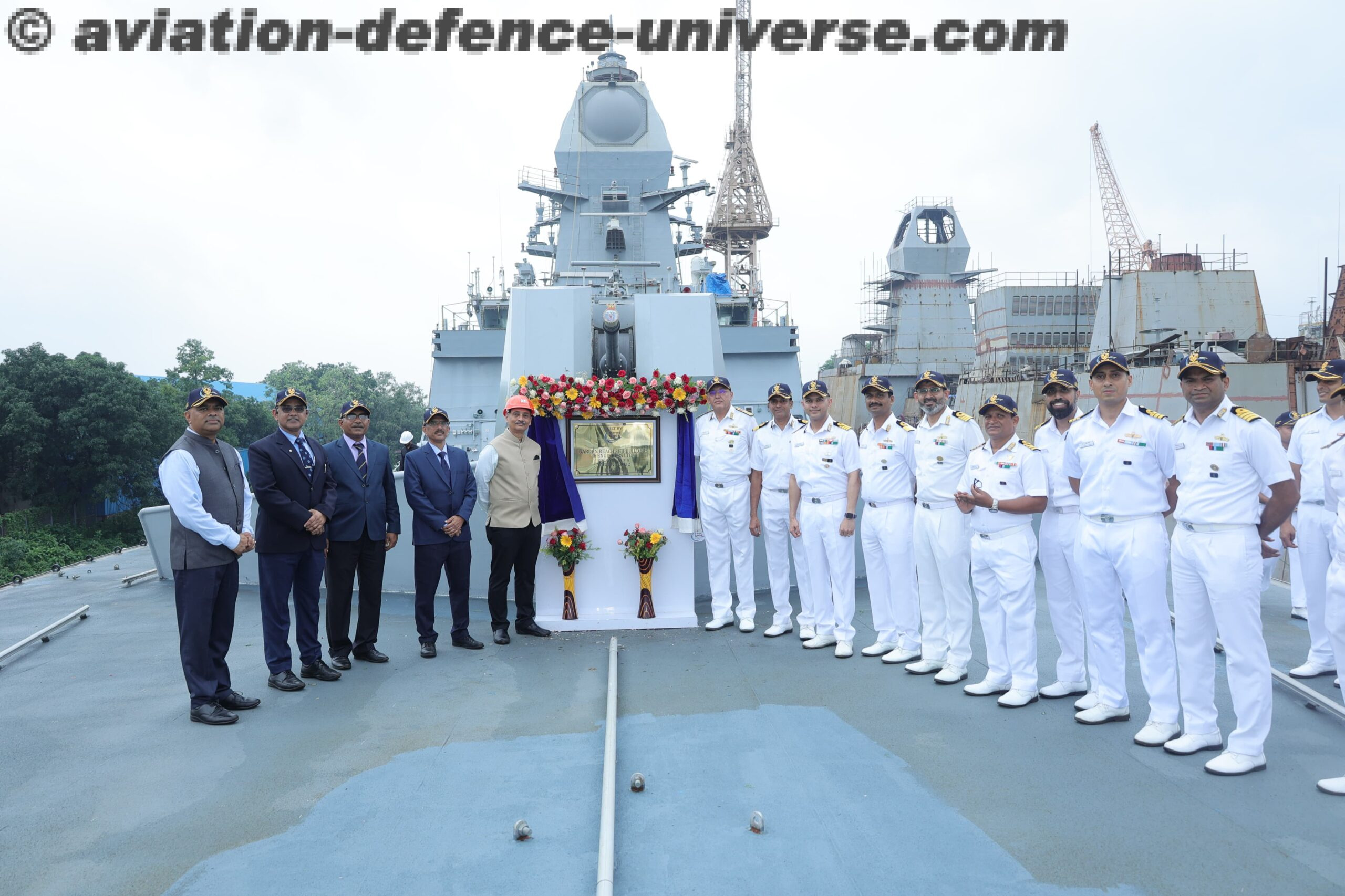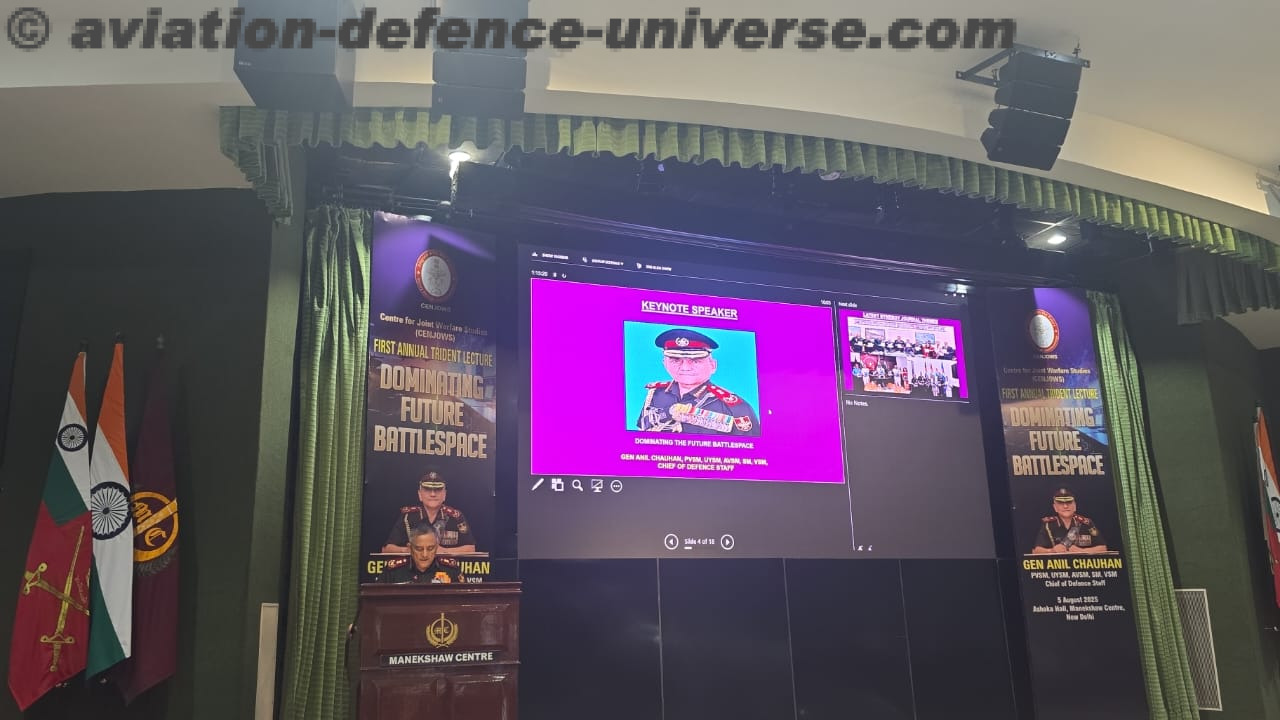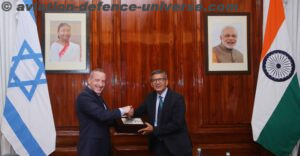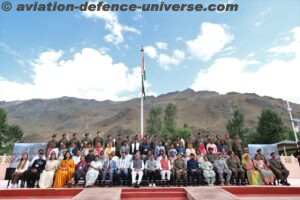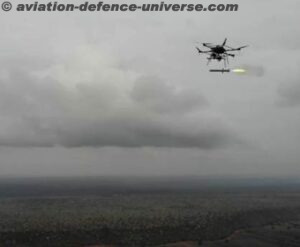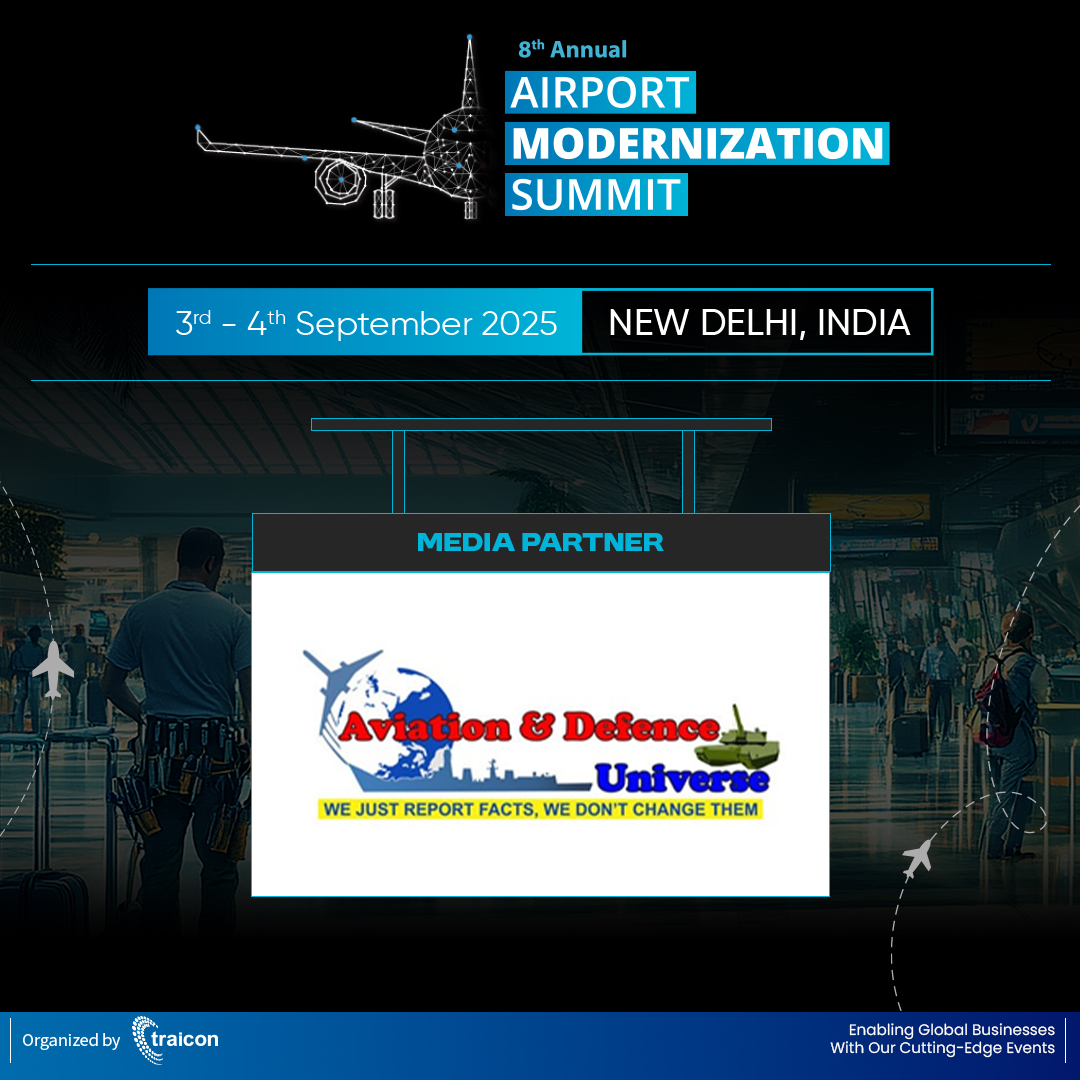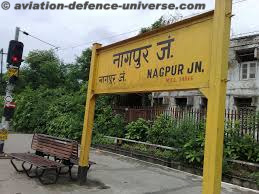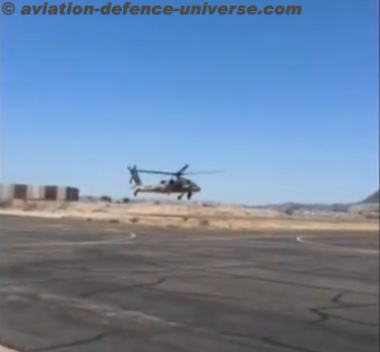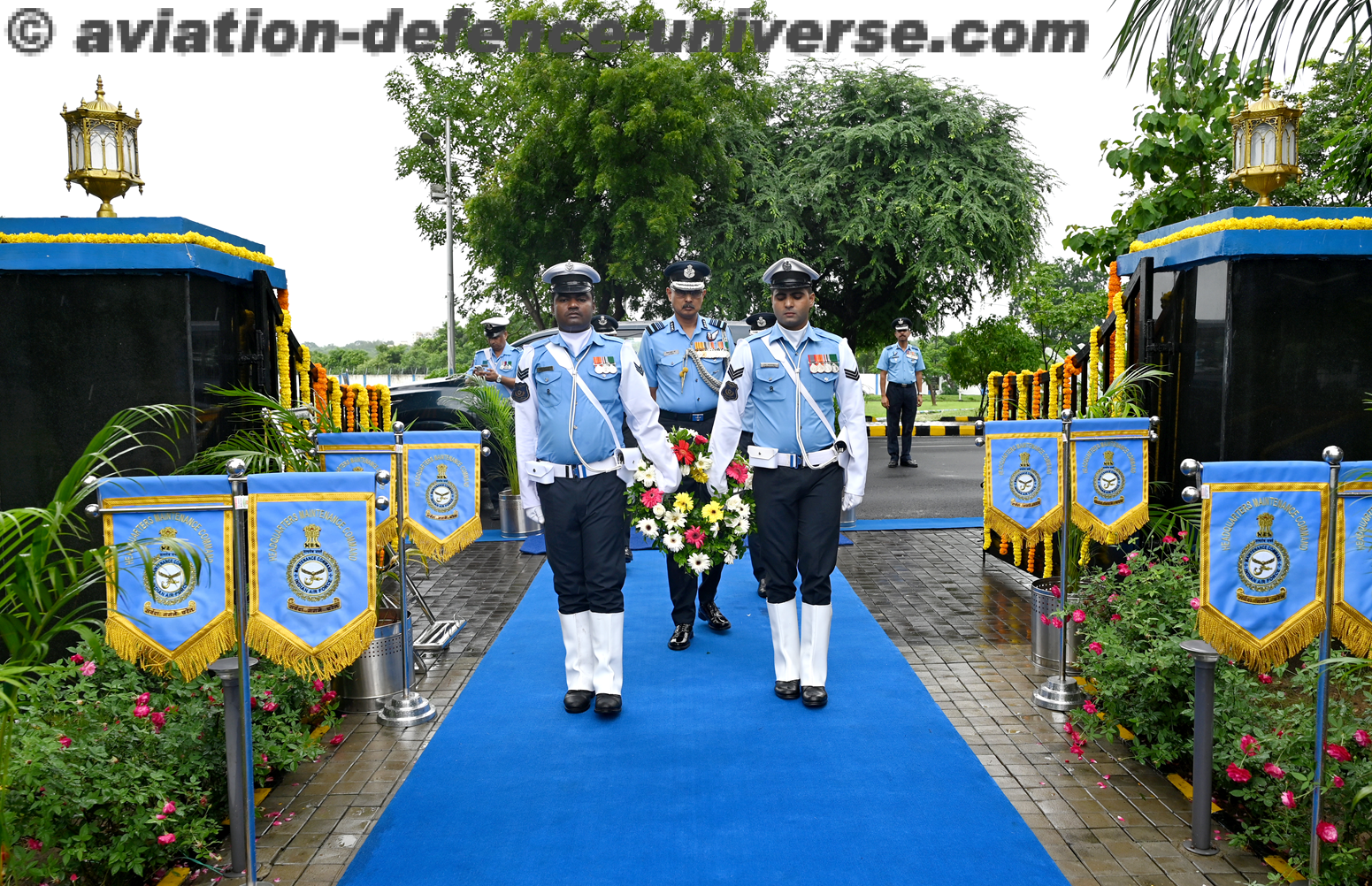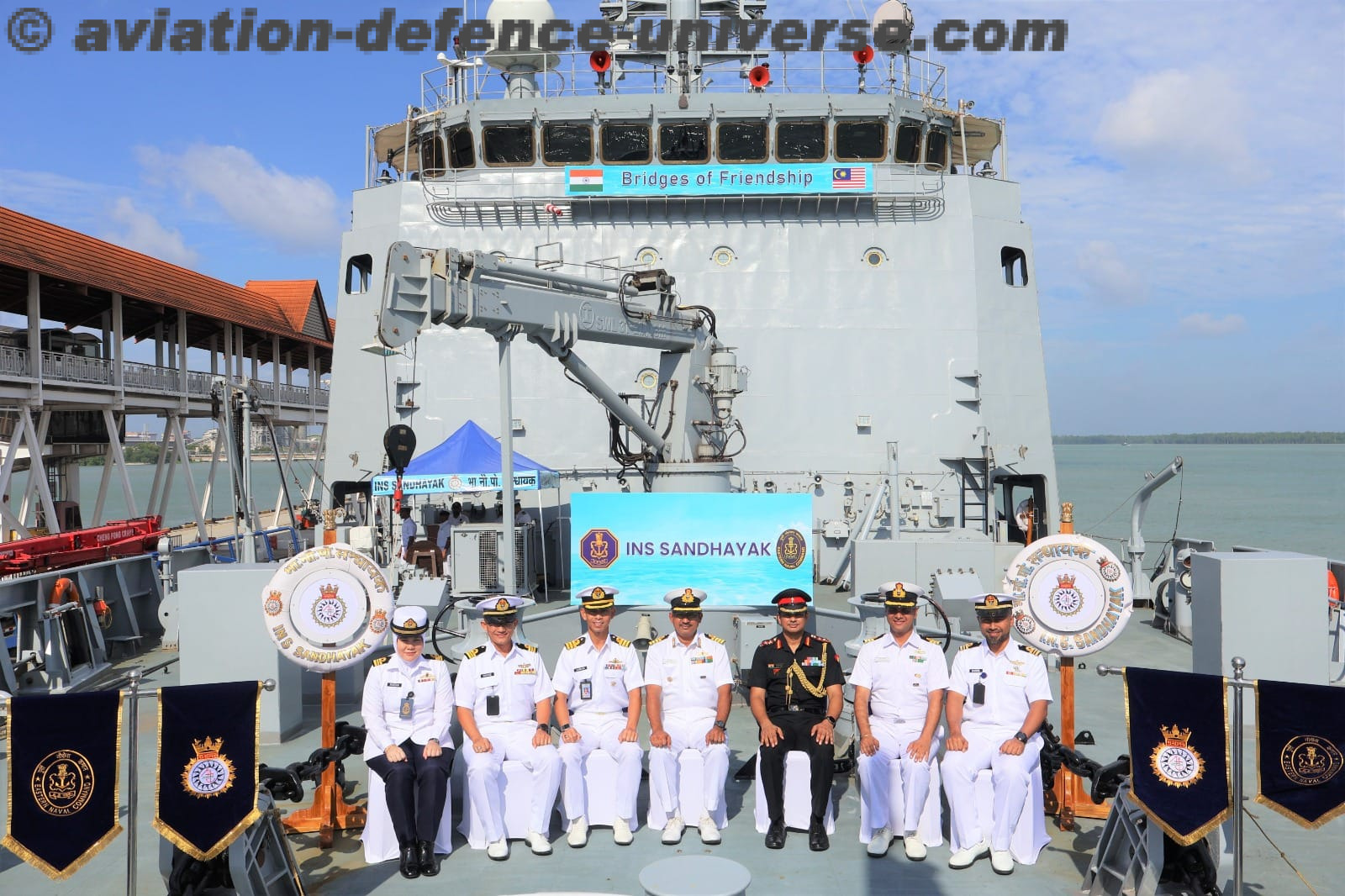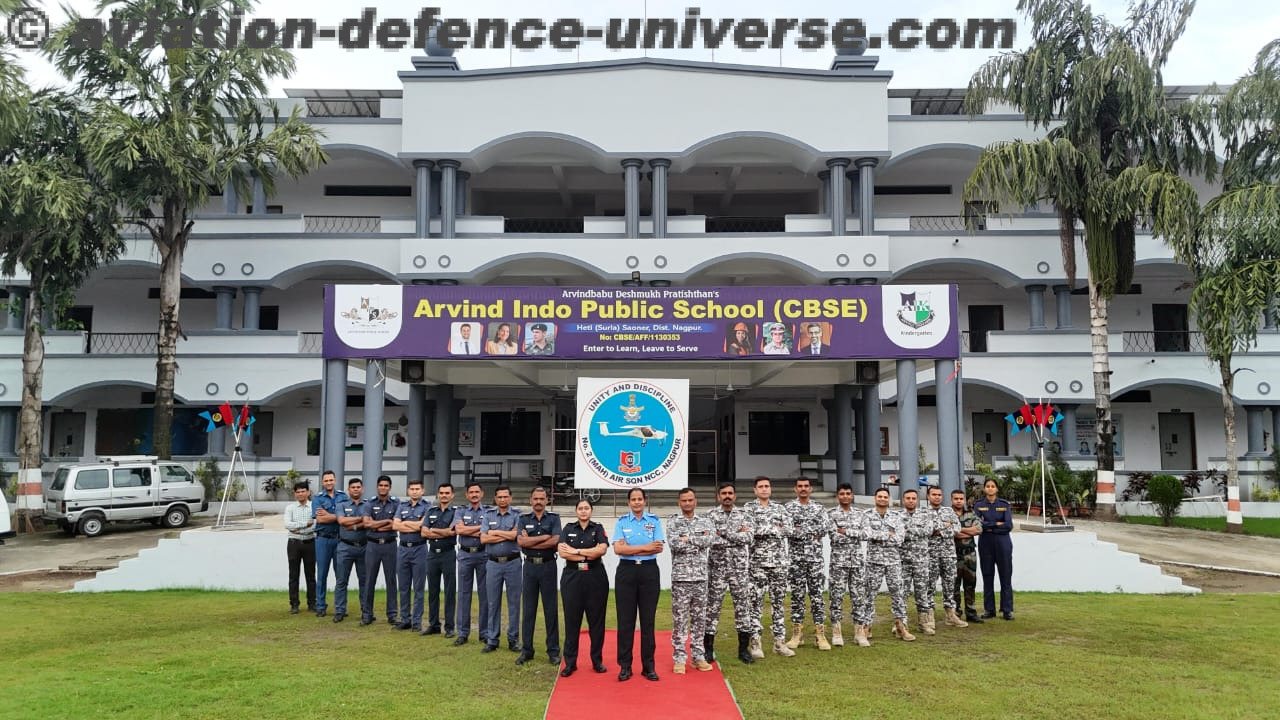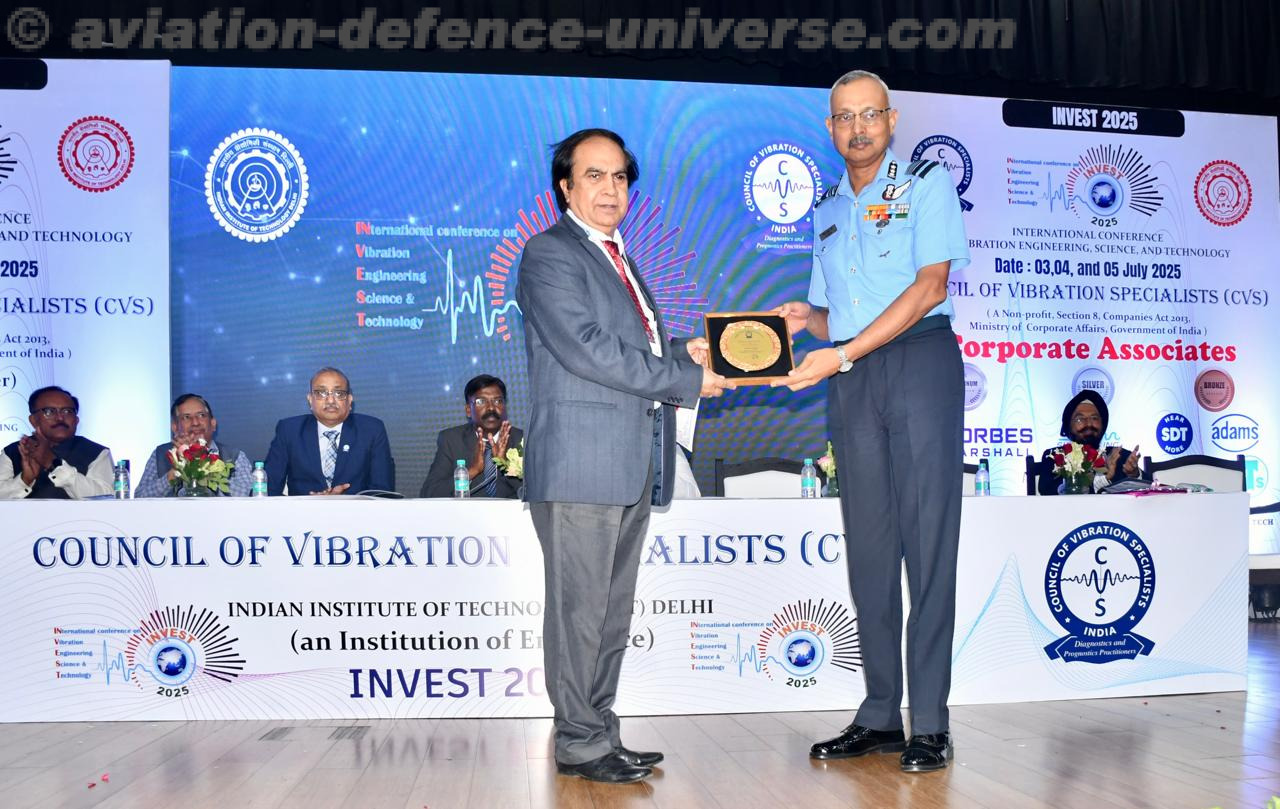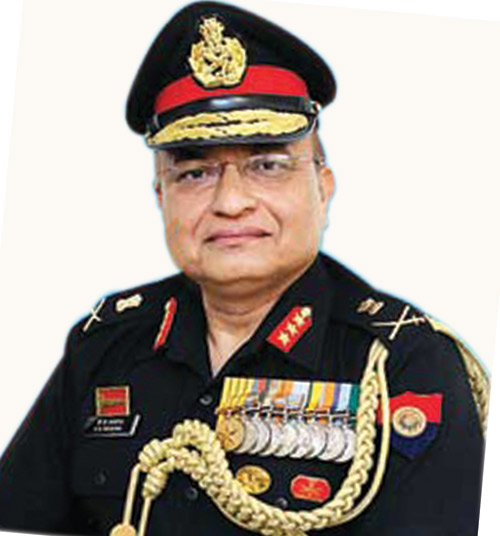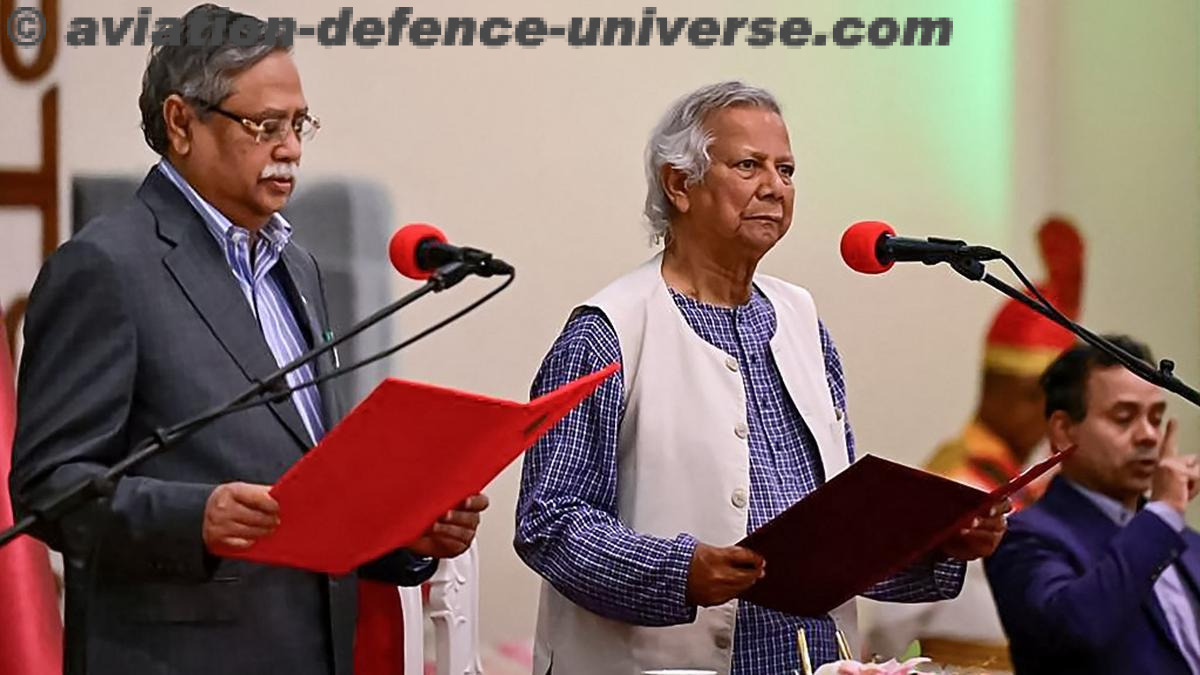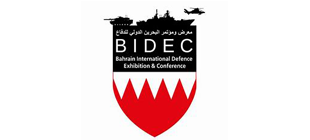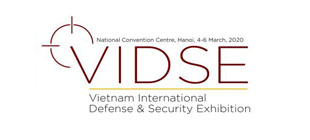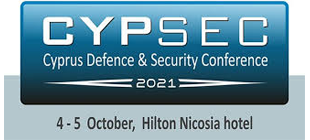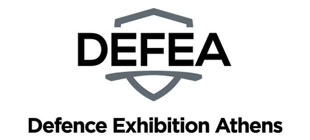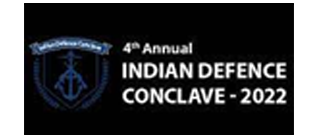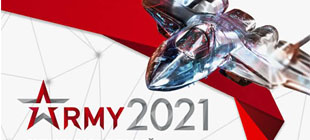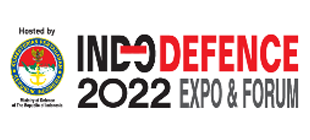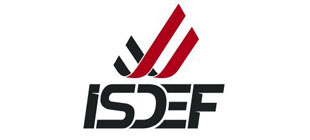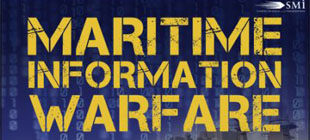- Preparing for Future Conflicts: A Strategic Perspective on Multi-Domain Warfare
By Sangeeta Saxena
New Delhi. 05 August 2025. “Display of sophistication and superiority. This is the matrix of victory today. It has nothing to do with territory. So, this is how domination is changing. And since domination is a notion of victory is always there in one’s mind, one has to always build a superior narrative. And over here, I think, this job of the armed forces to create facts and around these facts you can create narratives. And, of course, narrative building is a multi-agency responsibility in which armed forces should also actively take part in future. So, how do you dominate the future battlefield? I would say there are two types of domination. One is technological domination and second thing is about information dominance,” exhorted General Anil Chauhan PVSM UYSM AVSM SM VSM at the inaugural annual Trident Lecture , organised by CENJOWS and HQIDS.
The inaugural Trident Lecture, a prestigious platform for strategic discourse on contemporary and future warfare, was delivered by Chief of Defence Staff (CDS) General Anil Chauhan on the compelling theme: “Dominating the Future Battlespace.” As the first in a series of high-level annual lectures, this landmark address set the tone for India’s evolving military thought in an era defined by rapid technological disruption, shifting geopolitical dynamics, and expanding domains of conflict.
 “Dominating the future battlespace has long been a crucial imperative for military forces across the globe. However, the changing nature of warfare and the rapid technological advancement demand a shift in both strategic thinking and operational execution. In the future battlespace, traditional domains of warfare—land, air and sea—are increasingly being supplemented, and in some cases, supplanted by the newer domains of space, cyber and the electromagnetic spectrum. What this essentially means is that future conflict scenarios will not be confined to any single terrain or medium but will rather occur simultaneously across a range of physical and virtual environments. Military forces will have to be capable of functioning in a highly contested, dynamic and interconnected operating environment. In such a complex milieu, the key to success lies in the ability to seamlessly integrate all elements of national power and military capability across multiple domains. This integration must be not just operational, but also strategic and conceptual. Strategically, it implies a comprehensive approach to deterrence and conflict management that involves not just the armed forces, but also political, economic and diplomatic instruments of power. Operationally, it involves combining sensors, shooters and command structures in real time across the domains of land, sea, air, space and cyberspace. Conceptually, it requires a cultural shift in our understanding of warfare and the battlespace—moving from linear, sequential models to distributed, networked and adaptive models, ” Gen Chauhan exhaulted.
“Dominating the future battlespace has long been a crucial imperative for military forces across the globe. However, the changing nature of warfare and the rapid technological advancement demand a shift in both strategic thinking and operational execution. In the future battlespace, traditional domains of warfare—land, air and sea—are increasingly being supplemented, and in some cases, supplanted by the newer domains of space, cyber and the electromagnetic spectrum. What this essentially means is that future conflict scenarios will not be confined to any single terrain or medium but will rather occur simultaneously across a range of physical and virtual environments. Military forces will have to be capable of functioning in a highly contested, dynamic and interconnected operating environment. In such a complex milieu, the key to success lies in the ability to seamlessly integrate all elements of national power and military capability across multiple domains. This integration must be not just operational, but also strategic and conceptual. Strategically, it implies a comprehensive approach to deterrence and conflict management that involves not just the armed forces, but also political, economic and diplomatic instruments of power. Operationally, it involves combining sensors, shooters and command structures in real time across the domains of land, sea, air, space and cyberspace. Conceptually, it requires a cultural shift in our understanding of warfare and the battlespace—moving from linear, sequential models to distributed, networked and adaptive models, ” Gen Chauhan exhaulted.
Integrated Battle Groups (IBGs) represent a transformative shift in India’s land warfare doctrine, designed to make the Indian Army more agile, responsive, and lethal. These self-contained combat formations, tailored for specific operational tasks, combine infantry, armour, artillery, air defence, engineers, and logistics under a single command. Unlike traditional corps-level deployments, IBGs can mobilize rapidly and strike with precision, making them ideal for quick offensive or defensive actions along sensitive borders. With increasing threats from China along the LAC and persistent challenges from Pakistan along the LoC, IBGs enable swift deterrence and retaliation. Their integration with air and naval elements further enhances jointness at the tactical level. For IBGs to reach their full potential, however, they must be supported by real-time intelligence, digital communications, and synchronized logistics—a goal achievable only through comprehensive tri-service integration and sustained doctrinal reform.
“One of the most significant shifts in modern warfare is the increasing reliance on data and connectivity. Information is now a weapon, and data superiority can confer a decisive edge in battle. This makes it essential for armed forces to invest heavily in technologies such as Artificial Intelligence (AI), Machine Learning (ML), Big Data Analytics and Cloud Computing. These technologies can dramatically enhance decision-making, target acquisition, predictive maintenance, and mission planning. In this context, Electronic Warfare (EW), Cyber Warfare and Directed Energy Weapons will become critical components of future conflict. These are not just support elements but will increasingly be at the core of military strategies, ” the CDS reiterated.
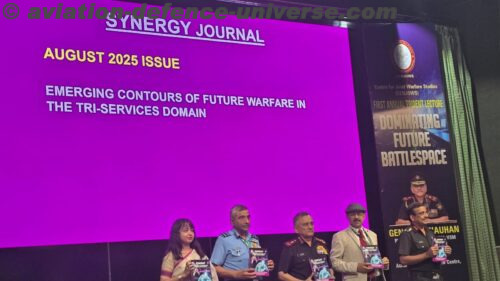 Modern warfare is no longer confined to the traditional boundaries of individual service domains. In the age of multi-domain operations, the success of any military campaign hinges on seamless coordination and interoperability between the Army, Navy, and Air Force. India’s armed forces have historically operated in silos, which can lead to duplication of effort, delayed response times, and fragmented command and control. Joint services operations—where all three services plan, train, and execute missions together—are now a strategic necessity. By leveraging the unique strengths of each service and integrating their capabilities in real time, India can achieve operational synergy and enhance both its offensive and defensive postures. The creation of the Department of Military Affairs (DMA) under the Chief of Defence Staff (CDS) is a significant step in this direction, but much work remains to institutionalize a fully integrated approach.
Modern warfare is no longer confined to the traditional boundaries of individual service domains. In the age of multi-domain operations, the success of any military campaign hinges on seamless coordination and interoperability between the Army, Navy, and Air Force. India’s armed forces have historically operated in silos, which can lead to duplication of effort, delayed response times, and fragmented command and control. Joint services operations—where all three services plan, train, and execute missions together—are now a strategic necessity. By leveraging the unique strengths of each service and integrating their capabilities in real time, India can achieve operational synergy and enhance both its offensive and defensive postures. The creation of the Department of Military Affairs (DMA) under the Chief of Defence Staff (CDS) is a significant step in this direction, but much work remains to institutionalize a fully integrated approach.
He continued, “Autonomous systems, including unmanned aerial, surface and sub-surface platforms, will also be central to the future battlespace. Their ability to operate in contested environments, reduce risk to human life and deliver effects at scale makes them indispensable. However, the integration of these platforms into the military architecture will require robust communication networks, satellite systems and real-time data sharing capabilities. This makes the domain of space crucial—not just for surveillance and reconnaissance, but also for communication and navigation. In fact, the space domain may well emerge as the key enabler and, possibly, the primary battleground in future conflicts. Given this, there is a need to develop dedicated space capabilities and doctrines, alongside robust counter-space strategies.”
The establishment of theatre commands is critical for India to fight future wars in a more coordinated and effective manner. A theatre command brings together all military assets—land, air, maritime, space, and cyber—under a unified command structure aligned with geographical theatres of operation. This model ensures faster decision-making, better resource allocation, and focused planning, especially during high-tempo conflict scenarios. As China already operates under a theatre command structure and Pakistan is exploring similar concepts, India must accelerate its transition. The proposed maritime theatre command, air defence command, and integrated land-based theatre commands will help reduce redundancies, enhance joint situational awareness, and create a unified military response mechanism, especially in a two-front war scenario. However, successful implementation will require cultural change, doctrinal alignment, and tri-service cooperation at all levels.
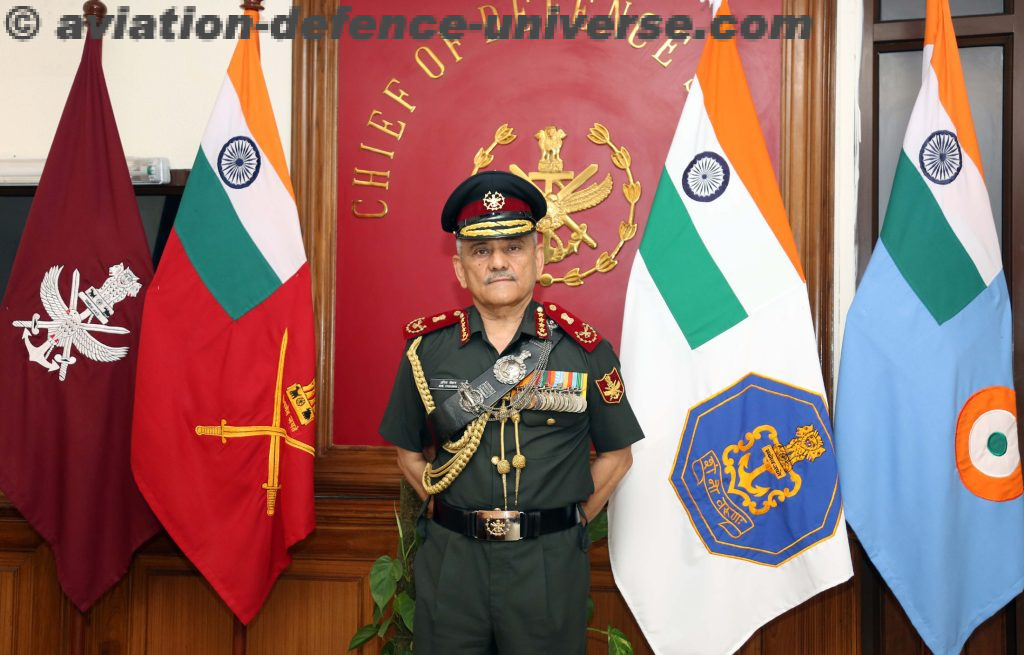 “The concept of multi-domain operations (MDO) is gaining increasing traction among leading military powers. MDO involves the integration of operations across all domains in a coordinated manner to create multiple dilemmas for the adversary and overwhelm their decision-making process. This requires not only technological investments, but also joint training, interoperable systems and unified command structures. In India, the creation of integrated theatre commands is a step in this direction. These commands will allow for the pooling of resources, better coordination, and more agile responses to emerging threats. However, the success of these commands will depend on their ability to effectively integrate personnel, platforms, and doctrines from the three services,” he added.
“The concept of multi-domain operations (MDO) is gaining increasing traction among leading military powers. MDO involves the integration of operations across all domains in a coordinated manner to create multiple dilemmas for the adversary and overwhelm their decision-making process. This requires not only technological investments, but also joint training, interoperable systems and unified command structures. In India, the creation of integrated theatre commands is a step in this direction. These commands will allow for the pooling of resources, better coordination, and more agile responses to emerging threats. However, the success of these commands will depend on their ability to effectively integrate personnel, platforms, and doctrines from the three services,” he added.
“Future battlespace dominance will also depend on human capital. Even as technology becomes more important, the role of well-trained, adaptable and tech-savvy soldiers will remain central. This will require a shift in training paradigms to include newer skillsets, simulation-based training and exposure to multi-domain thinking. It will also demand a leadership that is agile, open to innovation and capable of operating in ambiguity. Ethical considerations will also become increasingly significant. As we move towards autonomous systems and AI-driven warfare, the line between combatants and non-combatants, between war and peace, may blur. This raises critical questions about accountability, legality and morality in future conflicts. Hence, future military strategies must incorporate ethical frameworks and legal safeguards alongside technological and operational planning,” Gen Chauhan enunciated.
“To sum up, dominating the future battlespace will require a comprehensive and forward-looking approach. It will involve integration across domains, investment in technology, focus on human capital and a strong ethical foundation. Only those militaries that can adapt to this complex and dynamic environment will be able to deter conflict and, if necessary, prevail in battle,” he ended with.
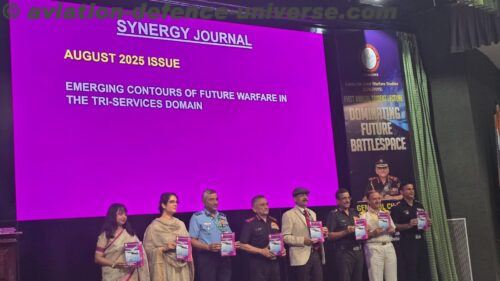 General Chauhan, in his capacity as CDS and key architect of India’s joint warfighting strategy, brought to the fore a sharp and insightful analysis of the changing character of war, emphasizing the urgent need to adopt a multi-domain operational mindset. His lecture examined not only the emerging contours of warfare across land, sea, air, cyber, space, and the electromagnetic spectrum, but also the importance of integrated theatre commands, indigenous technological innovation, strategic autonomy, and ethical leadership in preparing India for the battlefields of tomorrow. Marking a defining moment in India’s military intellectual journey, the First Trident Lecture provided a bold vision to dominate the future battlespace—not just through superior firepower, but through data dominance, seamless interoperability, and future-ready jointness.
General Chauhan, in his capacity as CDS and key architect of India’s joint warfighting strategy, brought to the fore a sharp and insightful analysis of the changing character of war, emphasizing the urgent need to adopt a multi-domain operational mindset. His lecture examined not only the emerging contours of warfare across land, sea, air, cyber, space, and the electromagnetic spectrum, but also the importance of integrated theatre commands, indigenous technological innovation, strategic autonomy, and ethical leadership in preparing India for the battlefields of tomorrow. Marking a defining moment in India’s military intellectual journey, the First Trident Lecture provided a bold vision to dominate the future battlespace—not just through superior firepower, but through data dominance, seamless interoperability, and future-ready jointness.
The event also saw a lecture by CISC Air Marshal Ashutosh Dixit on Urgency in Tri-Service Reforms and another one by Lt. Gen Vipul Shinghal DCIDS (DOT). THE event also saw the release of Synergy the journal of CENJOWS and the release of the 1st Bipin Rawat Paper in the presence of his daughter Tarini.






